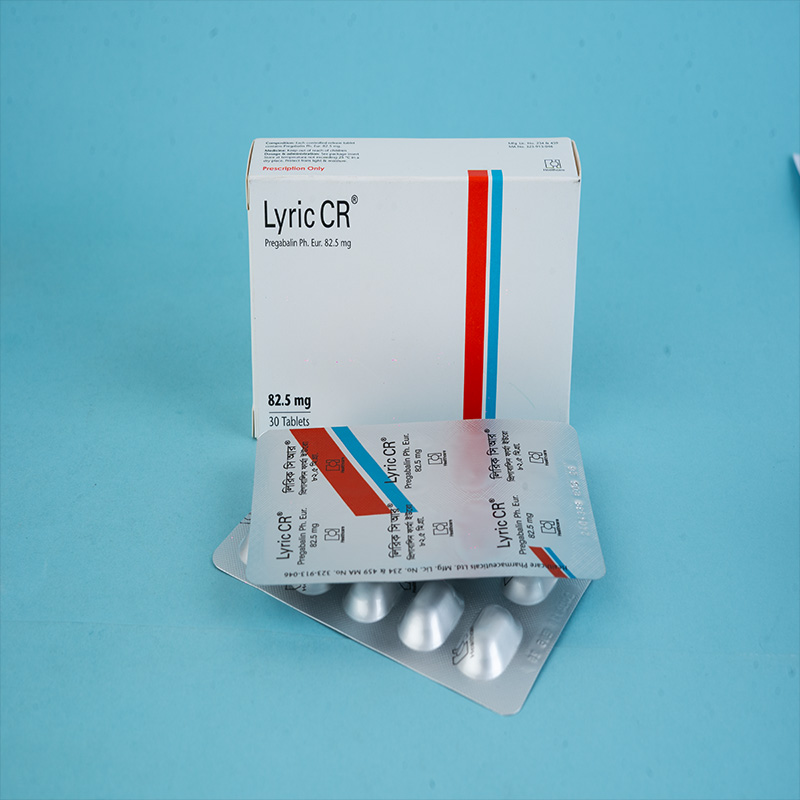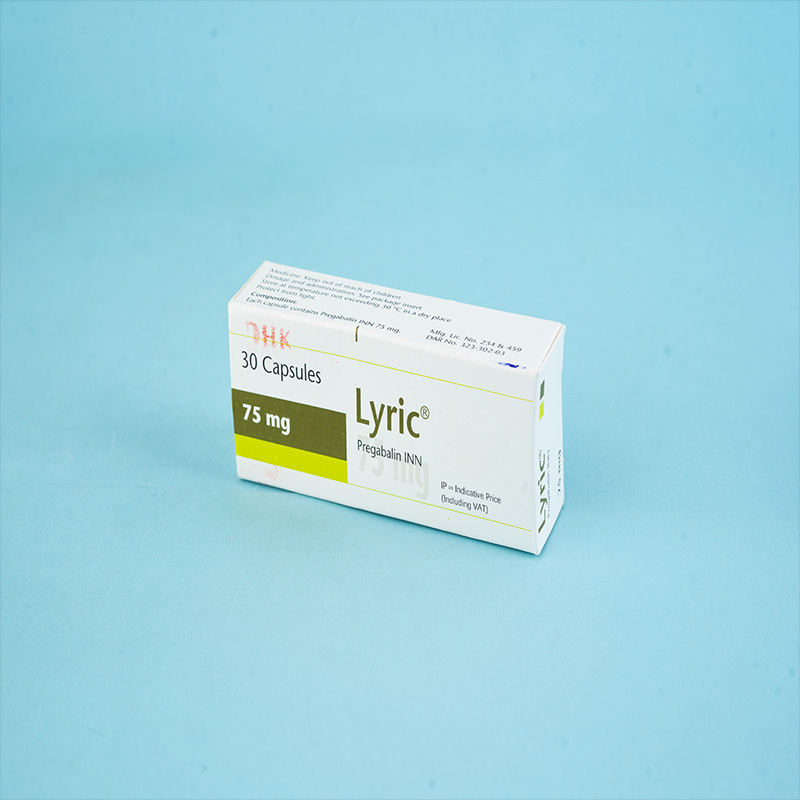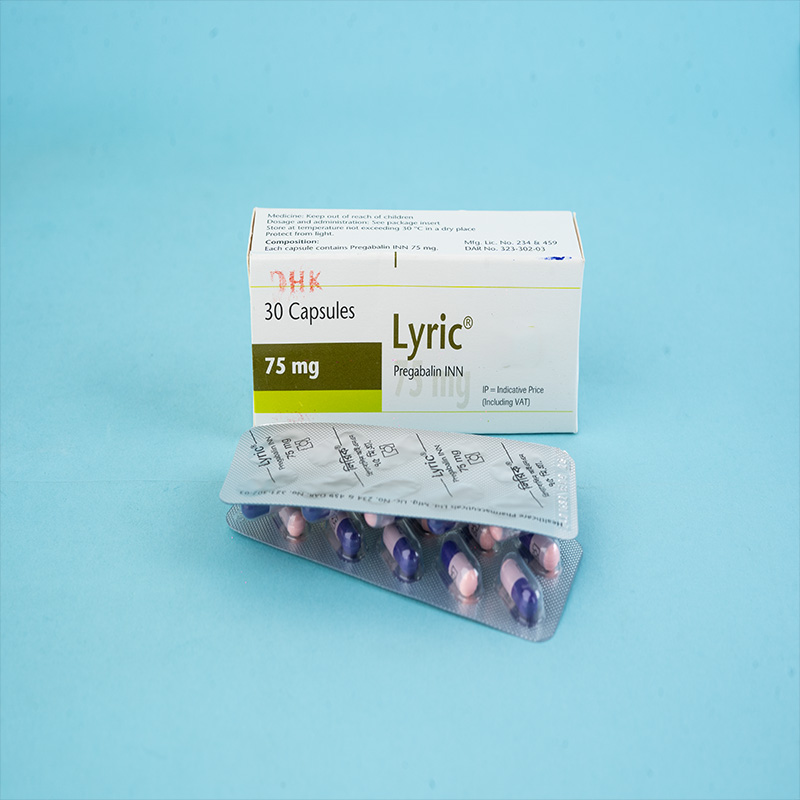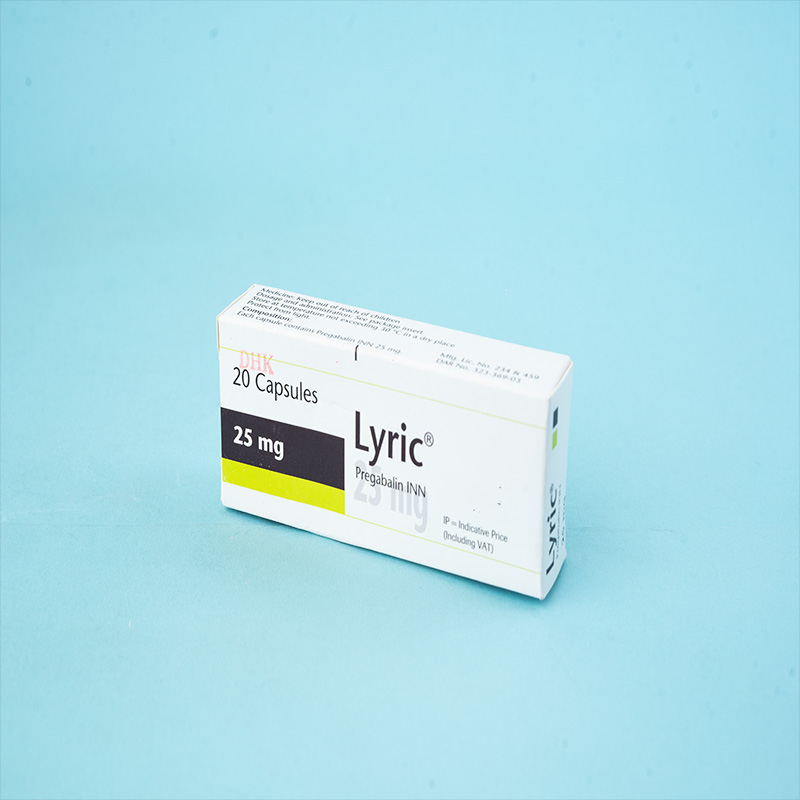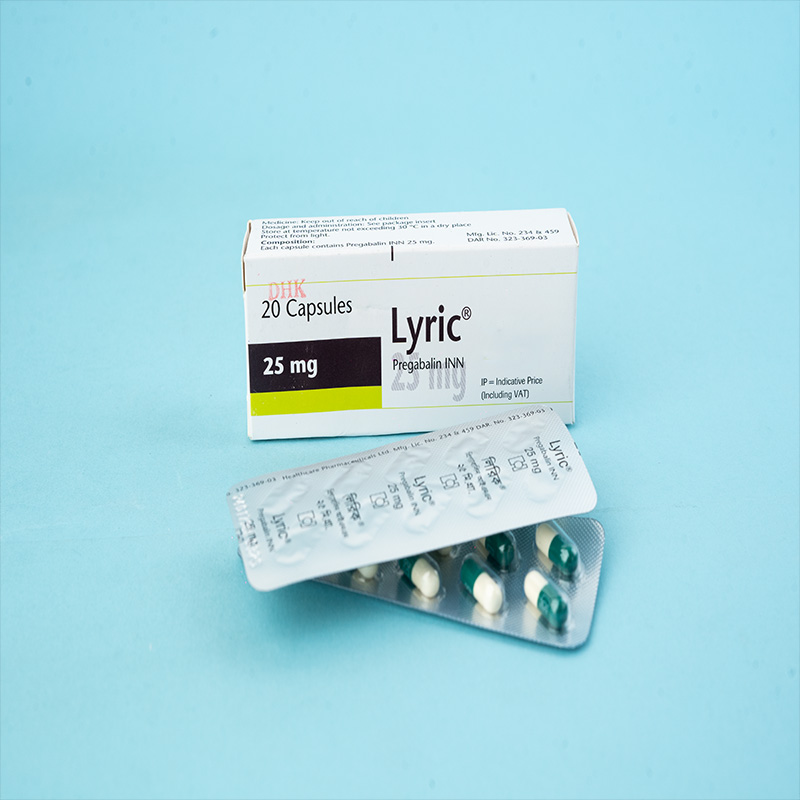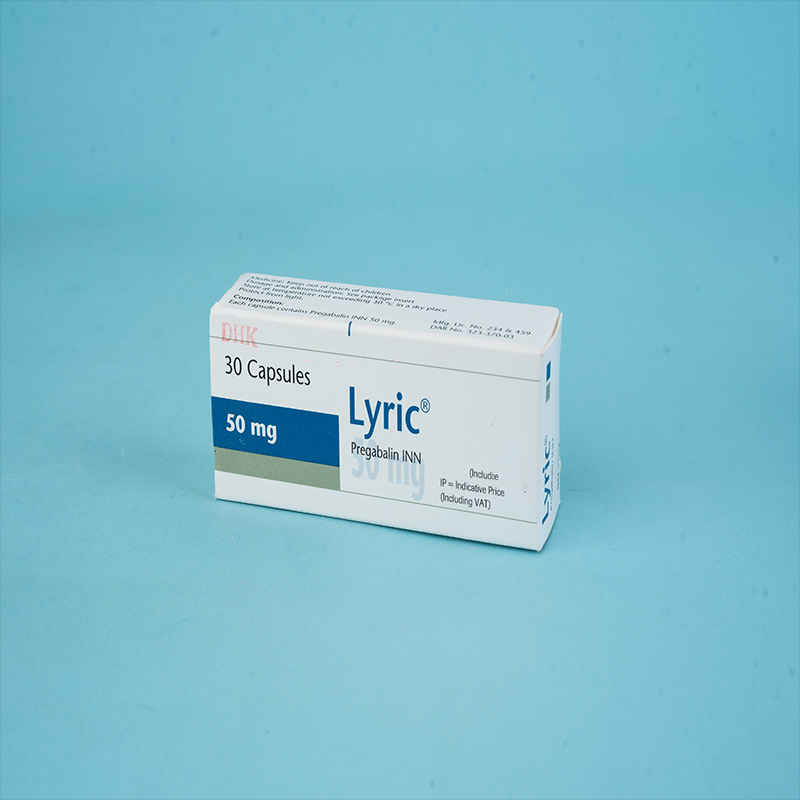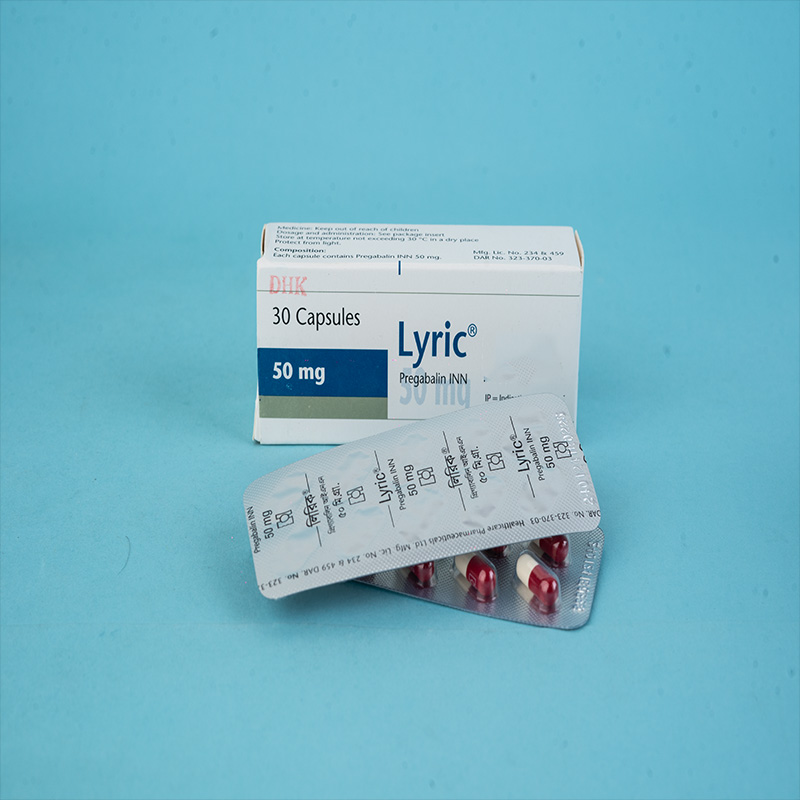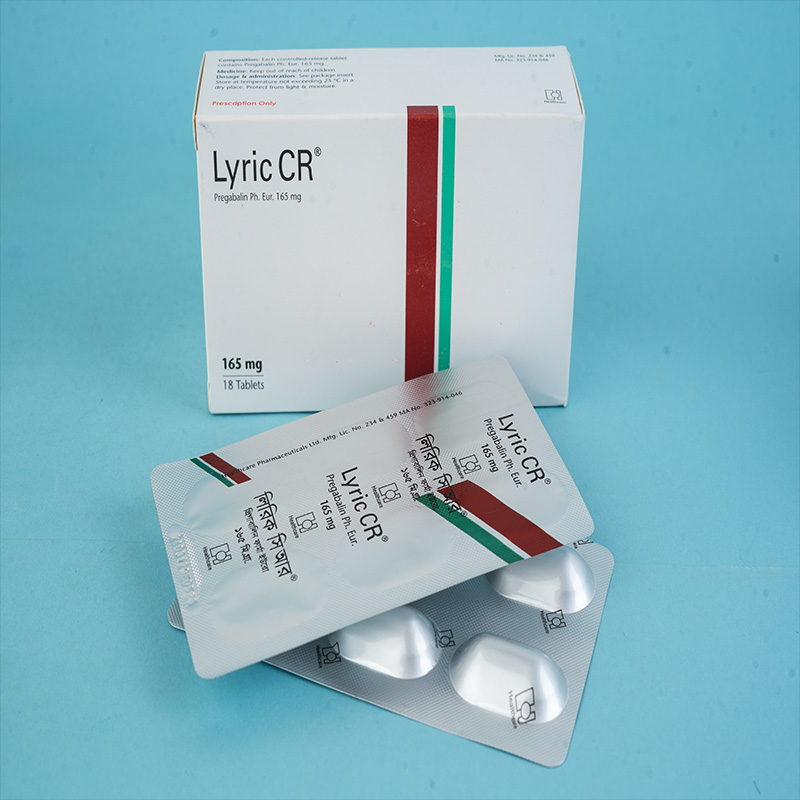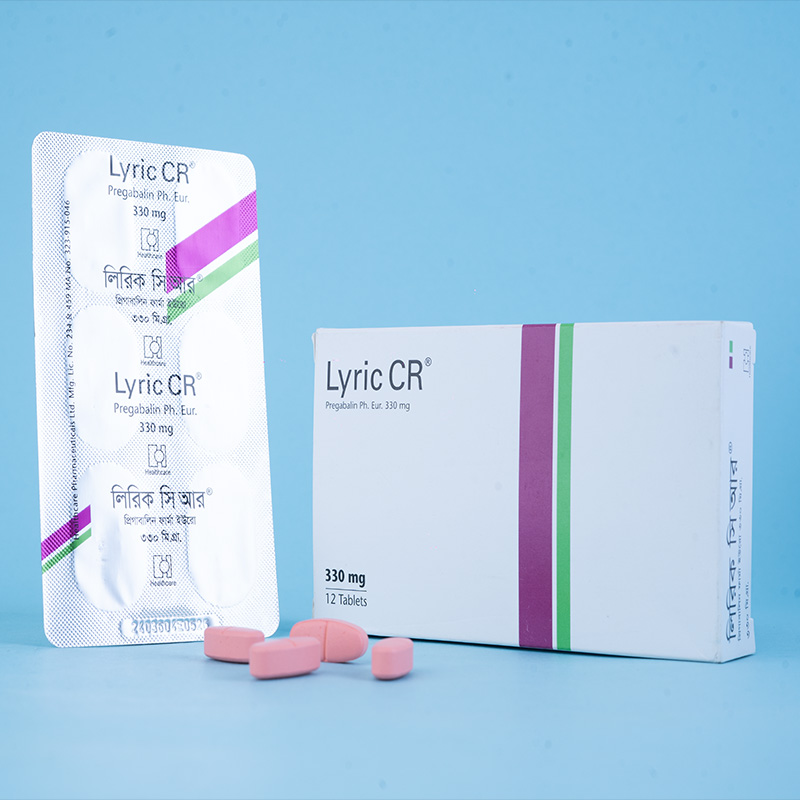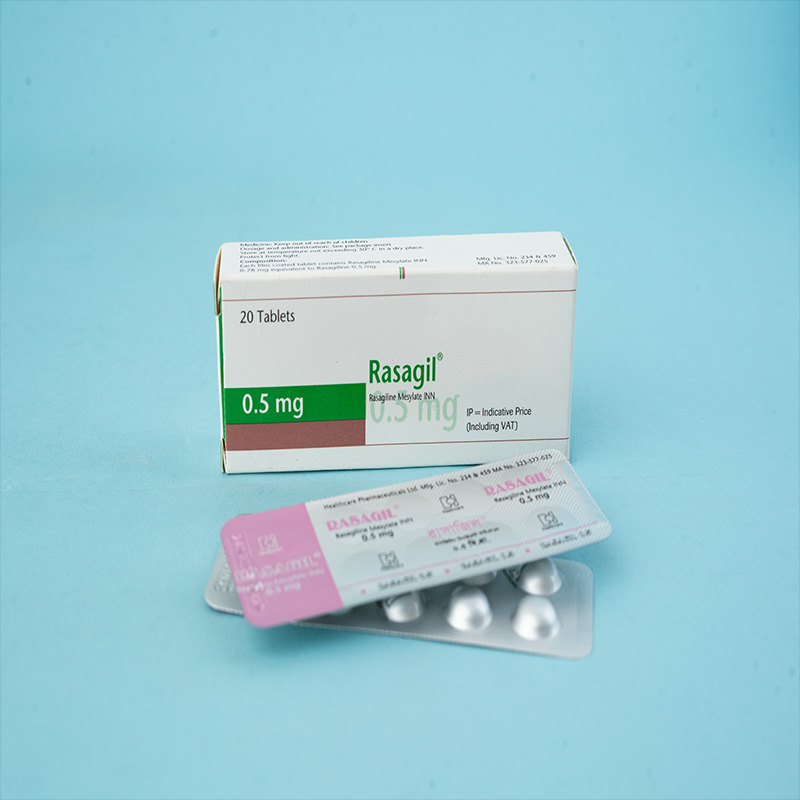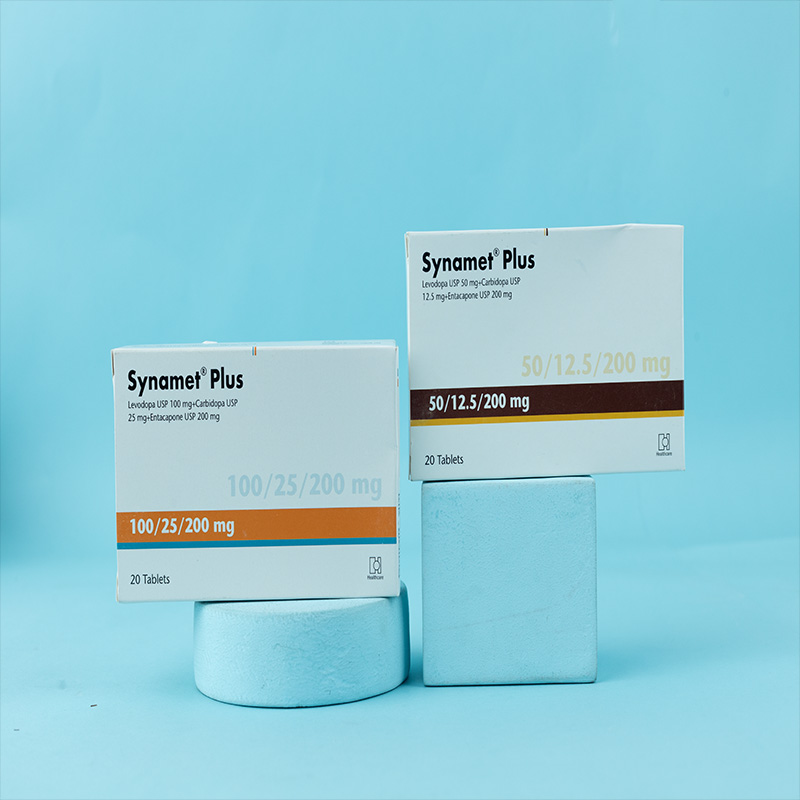Pregabalin is a structural derivative of gamma-amino-butyric acid (GABA). It does not bind directly to GABAA, GABAB, or benzodiazepine receptors. Instead, Pregabalin binds with high affinity to the alpha 2-delta site, an auxiliary subunit of voltage-gated calcium channels, in central nervous system tissues. Pregabalin has a 90% oral bioavailability and is primarily excreted via the kidneys. Its elimination half-life is approximately 6 hours. Pregabalin can be taken with or without food.

Neuralgia:
Pain from diabetic neuropathy.
Post-herpetic neuralgia.
Partial Seizure / Epilepsy: Pregabalin is indicated as adjunctive therapy for adult patients with partial onset seizures.

Pregabalin is contraindicated in patients with known hypersensitivity to Pregabalin.

Diabetic Neuropathic Pain:
The maximum recommended dose is 100 mg three times a day in patients with creatinine clearance of at least 60 mL/min. Start with 50 mg three times a day and may be increased to 300 mg/day within 1 week based on efficacy and tolerability.
Post-Herpetic Neuralgia:
The recommended dose is 75 to 150 mg two times a day, or 50 to 100 mg three times a day in patients with creatinine clearance of at least 60 mL/min. Start with 75 mg two times a day or 50 mg three times a day and may increase to 300 mg/day within 1 week.
Epilepsy:
The recommended dose is 150 to 600 mg/day as adjunctive therapy for partial onset seizures in adults.

Abrupt or rapid discontinuation of Pregabalin may result in symptoms such as insomnia, nausea, headache, and diarrhea. To avoid this, Pregabalin should be tapered gradually over a minimum of 1 week. Pregabalin treatment may also cause creatine kinase elevations. Discontinue Pregabalin if myopathy is diagnosed or suspected, or if significantly elevated creatine kinase levels are observed.

Pregabalin is generally well tolerated, though side effects may include:
Common: Dizziness, somnolence, and blurred vision.

Pregnancy: Pregabalin is a Pregnancy Category C drug. It should be used during pregnancy only if the potential benefit justifies the potential risk to the fetus.
Lactation: Pregabalin may be secreted into breast milk, similar to other drugs. It should be used during lactation only if the benefits outweigh the risks.

Overdose of up to 8000 mg has been reported. Symptoms may include dizziness, somnolence, blurred vision, and mild diarrhea. Pregabalin can be removed by emesis or gastric lavage.



